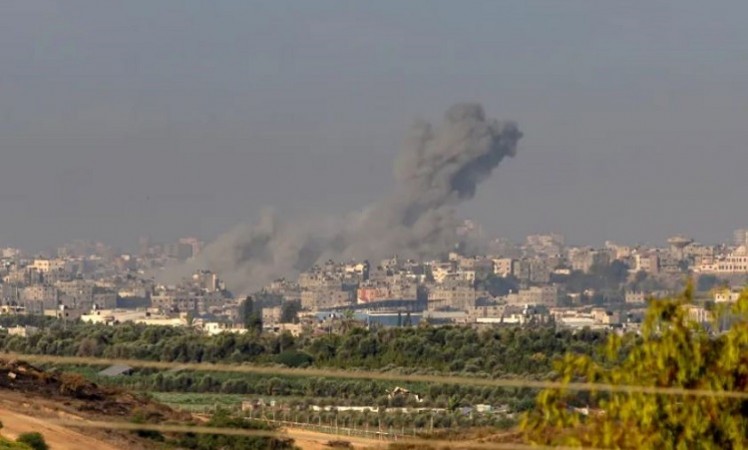
The Israeli-Hamas conflict has a long history of military offensives, such as Operation Cast Lead in 2008 and Operation Pillar of Defense in 2012, leading to ongoing hostilities in the region. This protracted conflict offers insights into the evolution of warfare and provides several lessons in military tactics for the Israeli side.
When Hamas launched rockets into Israeli territory on October 7, it marked the beginning of the current war, which has now entered its third week. To understand the current situation, it's essential to examine key moments in recent decades.
Historical Background:
The conflict between Israel and Gaza dates back to Israel's annexation of Gaza after the Six-Day War in 1967. This led to Israel placing the region under military administration, resulting in various confrontations between Israeli forces and Gaza's Palestinian population.
The First Intifada from 1987 to 1993 marked a significant outbreak of violent rebellion by Palestinians. It concluded with the 1993 Oslo Accords, which established a Palestinian Authority while recognizing Israel's right to exist. This period also witnessed the rise of Hamas, the militant organization currently engaged in warfare with Israel.
Despite the Oslo Accords, peace remained elusive, and the Second Intifada erupted in 2000, marked by intense fighting. Eventually, Israel fortified its border with Gaza and withdrew from the region. Subsequently, Hamas gradually gained power in Gaza, serving both as a militant group and an administrative body. However, peace continued to evade the region, leading to multiple military operations, including the First Gaza War, Operation Cast Lead in 2008, and Operation Pillar of Defense in 2012.
Lessons and Experiences:
The numerous offensives between Israeli and Palestinian forces have showcased various forms of warfare. These conflicts have involved aerial warfare, ground offensives, and evolving tactics from both sides.
One example is the 2014 Israeli offensive, which aimed to target Hamas militants and their extensive network of tunnels. While the initial airstrikes did not succeed in this endeavor, subsequent ground operations were more effective.
Notably, Israel has sought to maintain a balance between pushing Hamas back and not eliminating it entirely. Predictability in the region remains uncertain.
Israel's early underestimation of Hamas in terms of numbers, finances, and training was a significant factor. Additionally, Israel's major backers, such as the USA, have sometimes failed to grasp the on-ground realities in the Middle East.
The conflict has featured guerrilla and irregular warfare in urban areas, exacerbated by the densely populated Gaza Strip. These conditions require careful consideration of weapon use and tactics.
As the current war has shown, airstrikes alone are insufficient to achieve Israel's tactical and strategic aims. On-ground offensives are essential, a lesson learned from previous conflicts.
Israel has also invested in missile defense systems like the Iron Dome, developed to counter extensive rocket firings from Hamas.
One of the most critical lessons is how Hamas has perfected subterranean warfare, particularly through the use of tunnels for activities like smuggling, training, and intelligence operations. Addressing this issue will be a determining factor in the current conflict and any future confrontations in the region.
Read More Updates